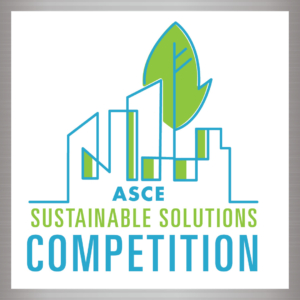Research on AEC Workforce Development Cites the Benefits of Envision
30-May-2025

A valuable role in integrating ESG principles into engineering education.
Integrating environmental, social and governance (ESG) into organizational practice creates value for a wide range of stakeholders and impacted groups — and requires academic programs to prepare graduates with the relevant skills, knowledge, and abilities.
While there is no one-size-fits-all formula for strengthening ties between educators and professionals to ensure graduates are prepared technically, socially, and ethically, a forthcoming article shines a light on those strategic partnerships and opportunities to embed ESG principles into engineering education.
Using policies and practices from the U.S. Army Corps of Engineers (USACE) and accreditation requirements from the Engineering Accreditation Commission of ABET, the article in the Journal of Engineering Management provides an illustrative case study illuminating some opportunities related to advancing ESG in the AEC industry through collaborative engineering education and practice.
To provide a specific illustration of how their study can be applied, the authors created an inland navigation example connecting ABET requirements to Sustainable Development Goal (SDG) 9: Build resilient infrastructure, promote inclusive and sustainable industrialization and foster innovation. The authors build on prior work by introducing the Envision Sustainable Infrastructure Framework as a tool and using credits associated with the Climate and Resilience (CR) category.
Professor Yvette Pearson of the University of Texas Dallas and her colleagues write that educators can apply tools such as the Envision framework to teach sustainable and inclusive design practices. These collaborations can be integrated into both curricular and cocurricular activities, enhancing students’ awareness and ability to tackle complex ESG-related issues.
To access this article, published in the Journal of Engineering Management, Vol 41, Issue 4 (July 2025), visit: https://ascelibrary.org/doi/10.1061/JMENEA.MEENG-6566




